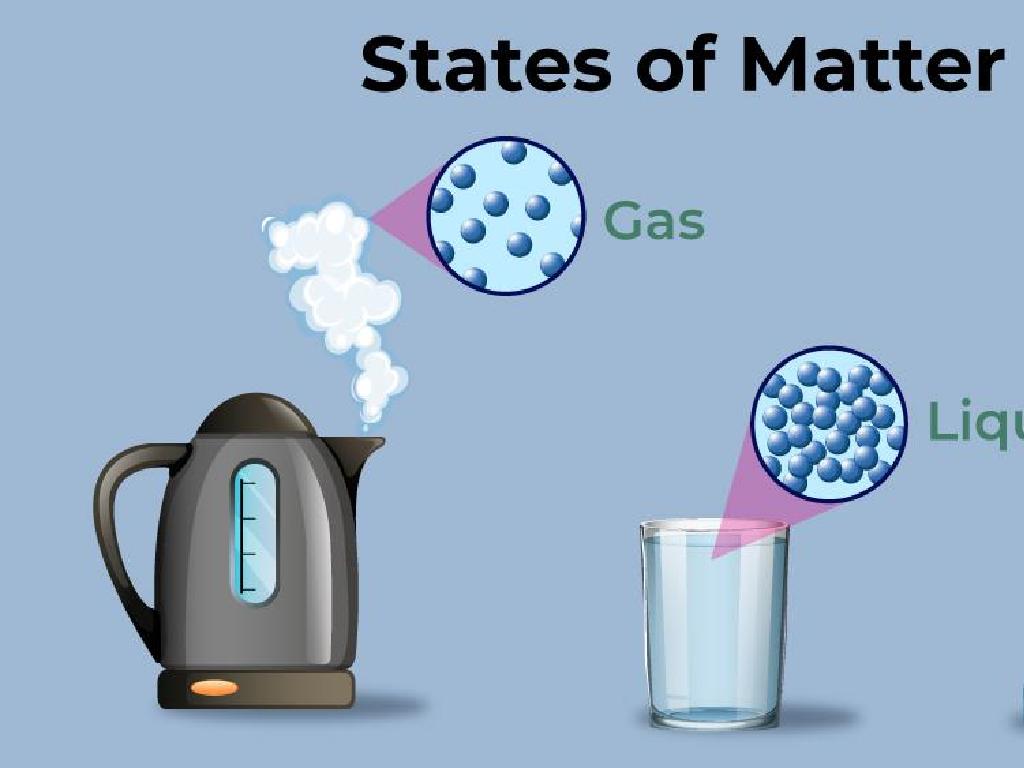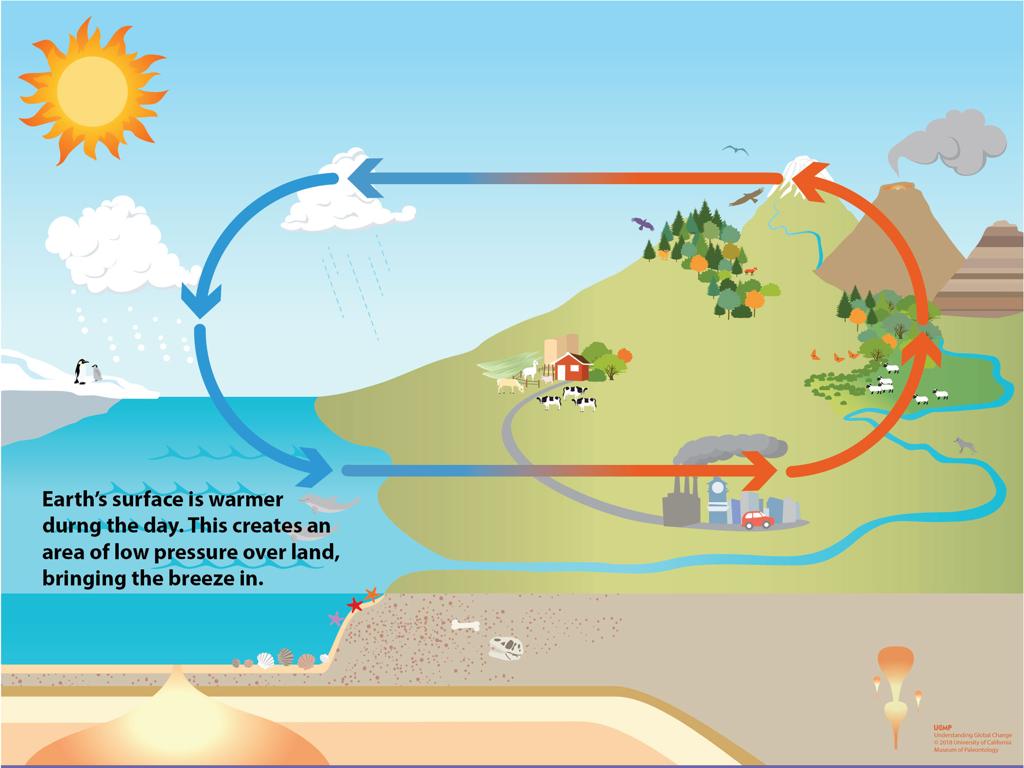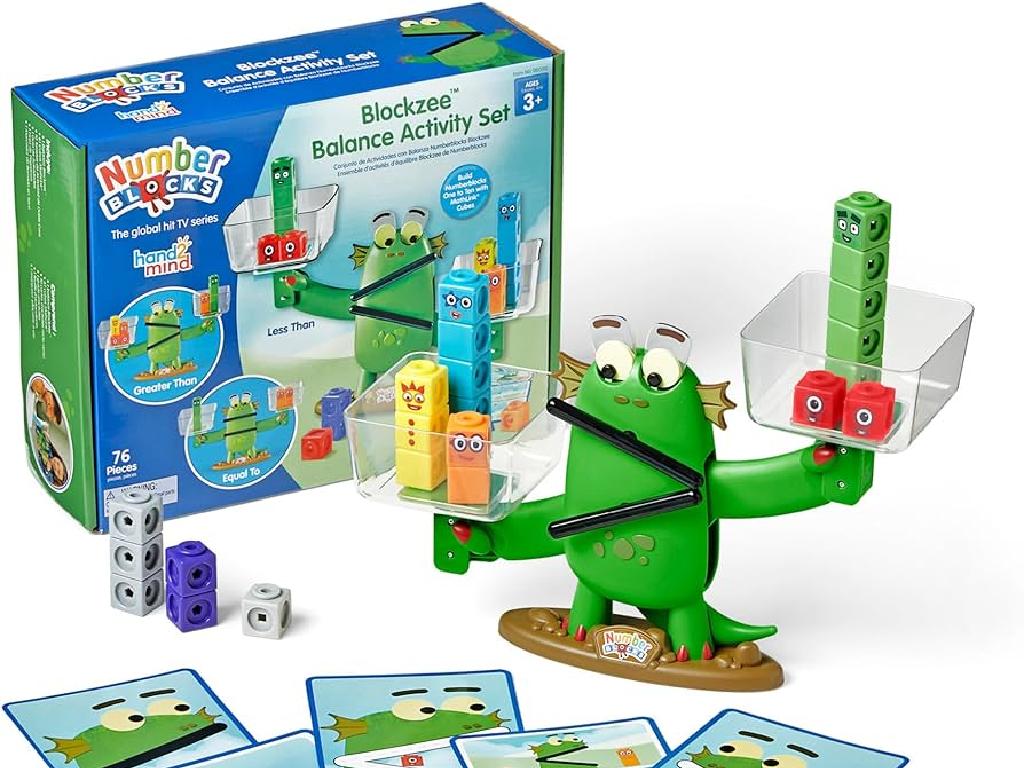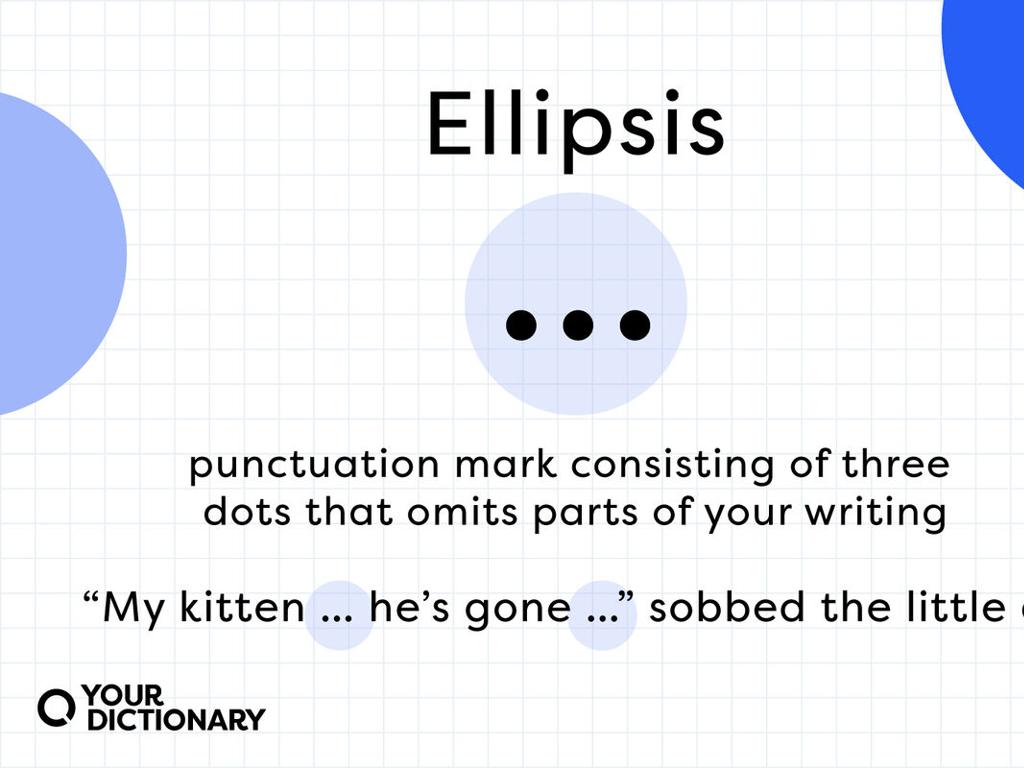Explore Energy Transformations: Roller Coaster Ride
Subject: Science
Grade: Eighth grade
Topic: Kinetic And Potential Energy
Please LOG IN to download the presentation. Access is available to registered users only.
View More Content
Energy Transformations: Roller Coaster Dynamics
– Energy defined: Capacity to do work
– Energy allows us to perform work, like moving an object
– Kinetic vs. Potential Energy
– Kinetic energy is motion energy; potential energy is stored energy
– Transforming Energy: Roller Coasters
– On a coaster, energy shifts from potential to kinetic and back
– Conservation of Energy Principle
|
This slide introduces the concept of energy as the ability to do work and explores its different forms, focusing on kinetic and potential energy. Students will learn how energy can be transformed from one form to another, using the example of a roller coaster ride. As the coaster climbs, it builds potential energy, which is then converted to kinetic energy as it descends. This illustrates the conservation of energy principle, where energy is not lost but merely changes form. Encourage students to think of other examples where they observe energy transformation in their daily lives.
Kinetic Energy in Motion
– Defining Kinetic Energy
– Energy an object possesses due to its motion
– Exploring energy of motion
– Movement energy: faster it moves, more kinetic energy
– Everyday Kinetic Energy examples
– Running, cycling, flowing water
– Kinetic Energy on a roller coaster
– Roller coasters at peak speed
|
Kinetic energy is the energy an object has because of its motion. It’s important for students to understand that any moving object, whether it’s a small toy car or a massive train, has kinetic energy. The faster the object moves, the more kinetic energy it has. Examples in everyday life include running, cycling, and the flowing water of a river. Relate this to a roller coaster ride, where the coaster gains kinetic energy as it speeds up, especially after descending from a height. This slide will help students visualize kinetic energy and understand its role in the transformation of energy during a roller coaster ride.
Potential Energy in Roller Coasters
– Defining Potential Energy
– Energy that is stored in an object
– Energy from position
– Objects higher up have more potential energy
– Everyday examples
– Stretched rubber band, water in a dam
– Roller coaster potential energy
– At the top of a hill, a coaster has max potential energy
|
This slide introduces the concept of potential energy as a form of energy that is stored in objects due to their position or state. It’s important for students to understand that potential energy is the energy that has the potential to do work. For example, a roller coaster at the top of a hill has the most potential energy because of its height and gravity’s pull. As the coaster descends, this potential energy is converted into kinetic energy. Encourage students to think of other examples where potential energy is present in their daily lives, such as a book on a shelf or a drawn bow. Discuss how potential energy can change into other forms of energy and its significance in energy transformation processes.
Energy Transformations on a Roller Coaster
– Energy conversion explained
– Energy can change forms but is never lost or gained.
– Conservation of Energy Law
– Energy in a closed system remains constant; it can’t be created or destroyed, only transformed.
– Real-world energy changes
– Everyday examples: a car engine, photosynthesis, eating food for energy.
– Roller coaster as an example
– On a coaster, potential energy at the top converts to kinetic as it descends.
|
This slide introduces the concept of energy transformations with a focus on roller coasters as a relatable example. Begin by explaining how energy can be converted from one form to another, such as potential energy to kinetic energy. Emphasize the Law of Conservation of Energy, which states that within a closed system, energy can change forms but the total amount remains constant. Provide real-life examples to illustrate this concept, such as how a car engine converts chemical energy into mechanical energy. Use the roller coaster as a tangible example of these principles in action, where the potential energy at the highest point of the ride is transformed into kinetic energy as the coaster speeds down. Encourage students to think of other examples where they observe energy transformations in their daily lives.
Energy Transformations: Roller Coasters
– Roller coasters: energy study model
– Demonstrates conversion of potential to kinetic energy and vice versa
– Kinetic vs. Potential Energy
– Kinetic energy is motion energy; potential energy is stored energy
– Maximum kinetic energy points
– At the bottom of slopes, where speed is highest
– Maximum potential energy points
– At the top of hills, where height is greatest
|
This slide introduces students to the concept of energy transformations through the example of roller coasters, a relatable and exciting real-world application. Roller coasters provide a clear model for understanding how potential energy (energy of position) is converted to kinetic energy (energy of motion) and back again as the coaster moves along the track. Key points for discussion include identifying where on a roller coaster ride maximum kinetic energy and potential energy occur. Maximum kinetic energy is found at the lowest points of the track, where the coaster is moving fastest due to the conversion of potential energy into kinetic energy. Conversely, maximum potential energy is at the highest points of the track, where the coaster has been lifted by the work done by the motors and gravity has yet to convert that stored energy into motion. Encourage students to think about how the design of a roller coaster affects the energy transformations that take place.
Calculating Energy on a Roller Coaster
– Formulas for Kinetic & Potential Energy
– KE = 1/2 mv^2 and PE = mgh, where m=mass, v=velocity, g=gravity, h=height
– Apply formulas to roller coasters
– Consider a coaster at the top (PE) and as it descends (KE)
– Group Activity: Energy Calculation
– In groups, calculate energy at various coaster points
– Discuss energy transformation
|
This slide introduces the mathematical aspect of energy in the context of roller coasters. Start by explaining the kinetic energy (KE) formula, which calculates the energy of an object in motion, and the potential energy (PE) formula, which calculates the energy stored due to an object’s position or height. Use a roller coaster as a relatable example to show how energy is transformed from potential to kinetic as the coaster descends. For the group activity, provide a roller coaster diagram with different points labeled for students to calculate the energy. This will help them understand how energy is conserved and transformed throughout the ride. Possible activities include calculating energy at the top, middle, and bottom of the coaster, comparing energy at different points, and discussing how the design of the coaster affects energy changes.
Energy Conservation in Roller Coasters
– Conservation of energy on coasters
– Energy changes form but is never lost; potential converts to kinetic and vice versa.
– Friction and air resistance effects
– Friction and air resistance convert mechanical energy into thermal energy, slightly reducing the coaster’s speed.
– Energy at the ride’s end
– When the ride stops, energy has transformed into sound, heat, and slight deformation of materials.
– Discussion on energy transformation
|
This slide explores the concept of energy conservation within the context of a roller coaster ride. It’s crucial to explain that while energy can change forms, such as potential energy to kinetic energy and back, it is not lost in the process. Highlight the role of friction and air resistance in transforming some of the mechanical energy into thermal energy, which is why roller coasters eventually come to a stop. Discuss what happens to the energy when the ride ends, including its transformation into sound and heat, and the slight deformation of materials due to the forces exerted on them. Encourage students to think critically about energy transformation and engage them in a discussion to deepen their understanding.
Class Activity: Design Your Roller Coaster
– Design a roller coaster model
– Mark points of max and min energy
– Identify where kinetic energy is highest and potential energy is lowest, and vice versa
– Focus on safety and energy principles
– Ensure the design adheres to energy conservation and transformation laws
– Prepare to present your design
|
In this engaging class activity, students will apply their understanding of kinetic and potential energy to design a model of a roller coaster. They should mark points where kinetic energy is at its maximum (usually at the bottom of drops) and where potential energy is at its peak (at the top of hills). Students must consider the safety aspects of their designs, as well as the principles of energy transformation and conservation. Once completed, students will present their roller coaster designs to the class, explaining their understanding of energy changes throughout the ride. This activity will help solidify their grasp of energy concepts in a practical and creative way. Possible activities include drawing the roller coaster on paper, using simulation software, or building a small-scale model with materials provided.






